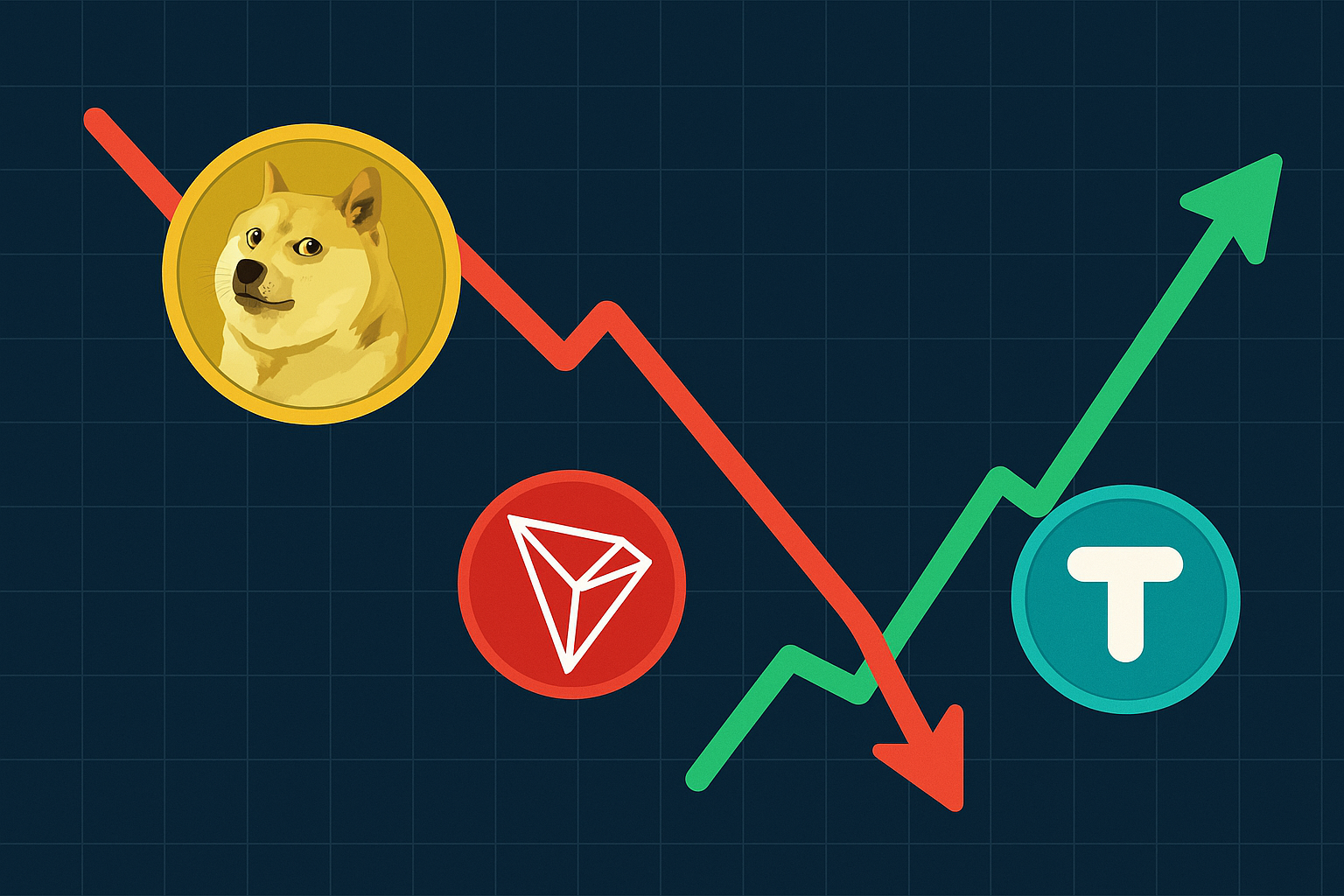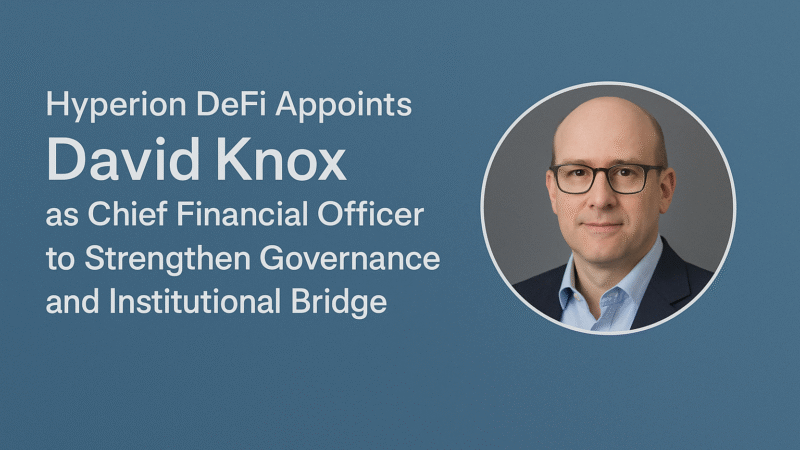Aave’s Vision For $100 Billion In DeFi Deposits
Introduction
Decentralized finance, commonly known as DeFi, has reshaped the global financial landscape over the past few years. Among the many platforms driving this transformation, Aave stands as a pioneering and highly influential protocol. Founded in 2017 by Stani Kulechov, Aave has consistently innovated in the DeFi space, moving from a simple peer-to-peer lending platform to a comprehensive decentralized liquidity protocol. As of 2025, the platform has set a monumental target: to achieve $100 billion in deposits. This ambitious goal not only highlights Aave’s rapid growth but also signals a larger shift in financial markets, where decentralized systems are increasingly competing with traditional banks for users and capital.
The Rise Of Aave
Aave began its journey under the name ETHLend, focusing on facilitating peer-to-peer lending through Ethereum smart contracts. While ETHLend provided an innovative alternative to traditional lending, its reach was initially limited due to technical and scalability challenges. Recognizing the need for greater flexibility and scalability, the team rebranded the platform to Aave in 2020, introducing a new liquidity pool model.
This new model allowed users to deposit assets into liquidity pools, which could then be borrowed by other participants, earning interest in the process. This design made lending and borrowing more efficient and accessible, allowing the protocol to scale rapidly. The introduction of interest-bearing tokens called aTokens further enhanced user experience, as these tokens automatically accrue interest in real time.
By mid-2025, Aave had achieved over $60 billion in net deposits, distributed across major blockchain networks including Ethereum, Polygon, and Solana. This remarkable growth reflects the increasing trust in decentralized systems and the rising popularity of DeFi among a wide spectrum of investors. What sets Aave apart from other platforms is its commitment to both technological innovation and user security, ensuring that growth is sustainable while remaining compliant with evolving market standards.
Stani Kulechov’s Vision
Stani Kulechov, the founder of Aave, has been a vocal advocate for the transformative potential of decentralized finance. His vision extends beyond merely creating a profitable platform; he aims to redefine how financial services are accessed and utilized. Kulechov believes that the integration of DeFi into mainstream financial services represents a trillion-dollar opportunity for fintech companies worldwide.
During various conferences and public discussions, Kulechov has highlighted the role of low interest rates set by central banks in driving DeFi adoption. With traditional savings accounts offering minimal returns, investors are increasingly drawn to decentralized protocols that provide higher yields and greater control over their assets. This environment creates favorable conditions for platforms like Aave to attract significant deposits and expand their ecosystem.
Kulechov’s roadmap to reach $100 billion in deposits involves strategic initiatives such as expanding multi-chain operations, introducing innovative liquidity hubs, and integrating stablecoins and new token standards to enhance usability. He emphasizes that the growth of Aave is not only about increasing capital but also about expanding access to financial services in a decentralized and transparent manner.
Embedded DeFi: Unlocking A Trillion-Dollar Opportunity
Embedded DeFi is a concept that refers to the seamless integration of decentralized financial services into existing fintech platforms. Instead of requiring users to interact with multiple DeFi protocols separately, embedded DeFi allows financial applications to offer DeFi features natively. This reduces friction, simplifies user experience, and significantly accelerates adoption.
For fintech companies, embedding DeFi can unlock new revenue streams and strengthen user engagement. Features such as decentralized lending, interest-earning accounts, and tokenized asset management can differentiate fintech platforms from their traditional counterparts. Users benefit from increased transparency, security, and access to higher returns.
Aave’s infrastructure is particularly well-suited to support embedded DeFi applications. Its modular design, open-source code, and robust security protocols make it easy for fintech platforms to integrate Aave’s services. As a result, Aave can become the underlying engine for a wide range of financial products, extending the reach of decentralized finance into mainstream financial ecosystems.
Institutional Adoption And Regulatory Landscape
Institutional adoption of DeFi has been steadily increasing, driven by a search for higher yields, diversified portfolios, and innovative financial products. Large financial institutions are exploring the integration of blockchain technology into their operations, and protocols like Aave provide a scalable, secure, and transparent solution for these needs.
Aave’s multi-chain approach, combined with advanced security measures and smart contract audits, makes it an attractive option for institutional investors. By supporting large-scale deposits and offering competitive interest rates, Aave positions itself as a credible alternative to traditional banking instruments.
However, regulatory oversight remains a critical factor for both Aave and potential institutional participants. Governments around the world are developing frameworks for decentralized finance, addressing concerns around compliance, taxation, and investor protection. Navigating these regulations requires careful engagement, as well as proactive communication with authorities. Aave’s approach has been to advocate for clarity while ensuring its operations remain transparent, responsible, and adaptable to evolving legal requirements.
The Role Of Technology In DeFi Growth
The growth of Aave and DeFi in general is closely tied to advancements in blockchain technology. Layer 2 scaling solutions, interoperability protocols, and decentralized identity systems are improving both the efficiency and accessibility of DeFi platforms.
Aave V3, for example, introduces features such as liquidity hubs, risk mitigation tools, and cross-chain interoperability, which collectively enhance scalability and user experience. These innovations allow the platform to handle larger volumes of deposits while minimizing operational risk. Additionally, Aave’s commitment to open-source development encourages collaboration and innovation across the broader DeFi ecosystem, ensuring that new technological solutions continue to emerge.
The use of decentralized stablecoins is another key driver of growth. Stablecoins provide a reliable medium of exchange and store of value, enabling users to earn interest or participate in lending and borrowing without exposure to extreme volatility. By supporting a variety of stablecoins, Aave enhances flexibility and appeal, attracting both retail and institutional investors.
Opportunities And Challenges
The DeFi sector presents enormous opportunities, but it is not without challenges. Aave’s ambitious goal of $100 billion in deposits is contingent upon continued market adoption, technological stability, and regulatory clarity.
Opportunities for growth include expanding global access to financial services, fostering innovation in digital asset management, and creating new revenue streams for fintech companies through embedded DeFi. Socially responsible finance and ESG-focused initiatives also present a path for attracting investors who prioritize impact alongside returns.
Challenges include potential security vulnerabilities, market volatility, and evolving regulatory scrutiny. While Aave has implemented robust security measures, the decentralized nature of the platform requires ongoing vigilance to mitigate risks. Additionally, macroeconomic factors such as interest rate fluctuations and global financial instability can influence deposit growth and overall market sentiment.
Future Outlook
Looking ahead, the outlook for Aave and the DeFi sector is highly promising. As technology continues to evolve, decentralized finance is likely to become more accessible, efficient, and integrated into everyday financial activities. Aave’s leadership, technological innovation, and strategic vision position it to capitalize on these trends.
Embedded DeFi will likely play a central role in expanding the reach of decentralized finance. By partnering with fintech companies, Aave can extend its services to millions of users who may not have otherwise engaged with DeFi. This convergence of traditional and decentralized finance represents a significant opportunity for industry growth, financial inclusion, and innovation.
Conclusion
Aave’s journey from a niche lending platform to a global DeFi leader exemplifies the transformative potential of decentralized finance. With a clear vision, strategic initiatives, and an innovative approach, Aave is poised to reach $100 billion in deposits and redefine the financial landscape. Stani Kulechov’s focus on embedded DeFi as a trillion-dollar opportunity underscores the growing intersection of technology, finance, and accessibility.
As DeFi adoption continues to rise, platforms like Aave will play an essential role in shaping the future of finance. By bridging the gap between traditional financial systems and decentralized networks.



